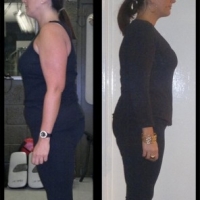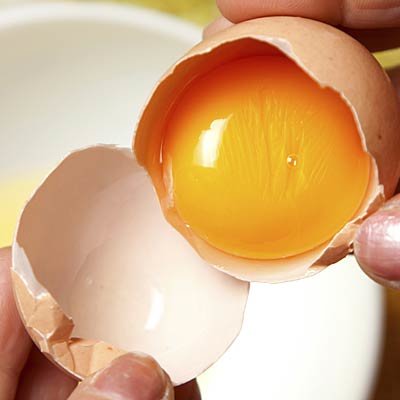Lose Weight > Weight Loss Tips > Weight Loss Articles > Laparoscopic surgery for Ulcerative colitis-Summary
Laparoscopic surgery for Ulcerative colitis-Summary
Laparoscopic surgery is indicated to treat severe or sudden ulcerative colitis that does not respond to medications or if the inflammation is localised in a specific part of the colon.
The surgery is performed under the effect of general anaesthesia. A small port is inserted into your abdominal cavity and carbon-dioxide gas is passed for inflating the cavity to increase the visibility of internal organs. Your surgeon will insert a laparoscope (thin flexible tube attached to a video camera and a light source) through this port and make additional small incisions for inserting specialised instruments. Proctocolectomy (removal of the colon and rectum) with ileoanal anastomosis or proctocolectomy with ileostomy is performed using the laparoscopic approach. After the procedure, the instruments are removed and incisions are closed.
* Ileoanal anastomosis involves attaching the ileum to the inside of the rectum to create a pouch. Waste material collected in the pouch is excreted directly through the anus.
* Ileostomy involves attaching the ileum to an opening in the abdomen called a stoma. Waste material is collected into an external pouch which is placed over the stoma.
After the laparoscopic procedure, medications are administered to relieve pain. It is advised to start walking as soon as possible after the surgery to promote a faster recovery and prevent blood clots. You should avoid lifting or pushing heavy objects or vigorous exercises for a few weeks.
As with any surgery, laparoscopic surgery for ulcerative colitis involves certain risks and complications such as infection, bleeding and splitting of the resected intestine
Related Articles
-
Does Cottage Cheese Diet Work?
Everyone wishes to look superior, attractive and also have an appea
-
Does Vegetarian Diet Aid Weight Loss?
Saying that vegetarian diet aids weight loss is putting it
-
Healthy Weight Loss How To Lower Your Weight Safely
I think that anyone is aware of how the weight increase problem is
-
Weight Loss Diary 12
From 18 thru 24 March.After last weeks set back in my weight loss prog
-
Muscle Building Plan Review - Burn the Fat Feed the Muscle
In this article, I review Burn the Fat Feed the Muscle. It is a qualit
-
The Fat Burning Furnace - Lose Body Fat Quick with Calorie Manipulation!
The Fat Burning Furnace - Lose Body Fat Quick with Calorie Manipulatio
- DON'T MISS
- Find the Meal Delivery Diet Thats Right for You: Comparing Jenny Craig, Medifast and NutriSystem
- The Keys to Mini Skirt Season Weight Loss
- How To Lose 86 Pounds - Make Metabolism Faster For The Long Term Using This Trick!
- Understanding the Body Image Mastery Plan
- Double Chin Problem - How To Remove It With VASER Lipo?
- Are Weight loss Diet Pills Worth the Price?
- 2011 Weight Loss Plan!
- Use A Diet Cookie Recipe And Diet Cookies To Stick With A Diet
- Lose weight the easy way
- Hypnosis is More Than a Parlor Trick




